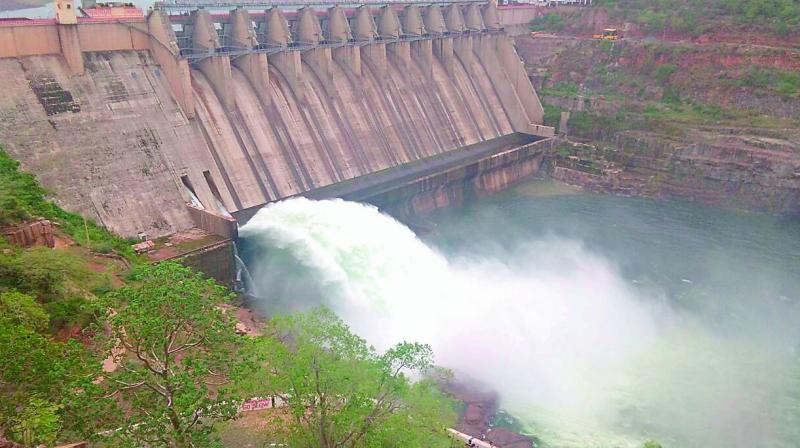Andhra Pradesh: Neeranchal project aims to enhance crop yield
Rs 200 crore will be spent on the project over the course of six years.

Vijayawada: Additional interventions and technological modifications have been taken on under the Neeranchal Watershed Management Project that was launched in the state just a few months ago.
The project is a collaborative effort of the National Remote Sensing Agency (NRSE), the Andhra Pradesh State Space Applications Centre (APSSAC), a technical wing of the Planning Department, the International Crops Research Institute for the Semi-Arid Tropics (ICRISAT), Acharya NG Ranga Agriculture University, and the Groundwater Depart-ment. It has been launched as a pilot project in the districts of Anatapur and Chittoor.
The project aims to gauge the exact rainfall, inculcate geography-dependent pest management practices among farmers, assess soil moisture and quality from time to time, and calculate the yields of borewells based on satellite imagery data. This national project will be monitored in the state by the Department of Rural Development, to bring about changes in drought-affected areas.
The Neeranchal Project is still in its infancy. Plans include scaling up to 20 sub-projects of 5,000 hectares each. The goal of the project is to bring about a synergy in the disciplines of natural resource management, vegetation, soil conservation.
Joint Commissioner (Watersheds) M. Siva Prasad said, “The main objective of the Neeranchal Project is to enhance agricultural yield in areas under irrigation.” He said that technology would be used to identify areas suitable for the construction of check dams. He said that the project would also provide a source of livelihood to the poor by engaging them in the enhancement of productivity and supporting them throughout the cultivation process. He added that under the Neeranchal Project activities towards the development of dairy farms and sericulture would also be carried out, and funds would be provided to the landless poor in order to make them self-reliant.
Manual intervention will be minimised and the Neeranchal Project will be conducted almost entirely under the guidance of experts in the fields of science and technology. "Satellite data will be used to identify lands that are geographically suitable for the erection of check dams and watersheds. We will look for areas where the storage capacity is accurate and the catchment area is sustainable," the Joint Commissioner said.
